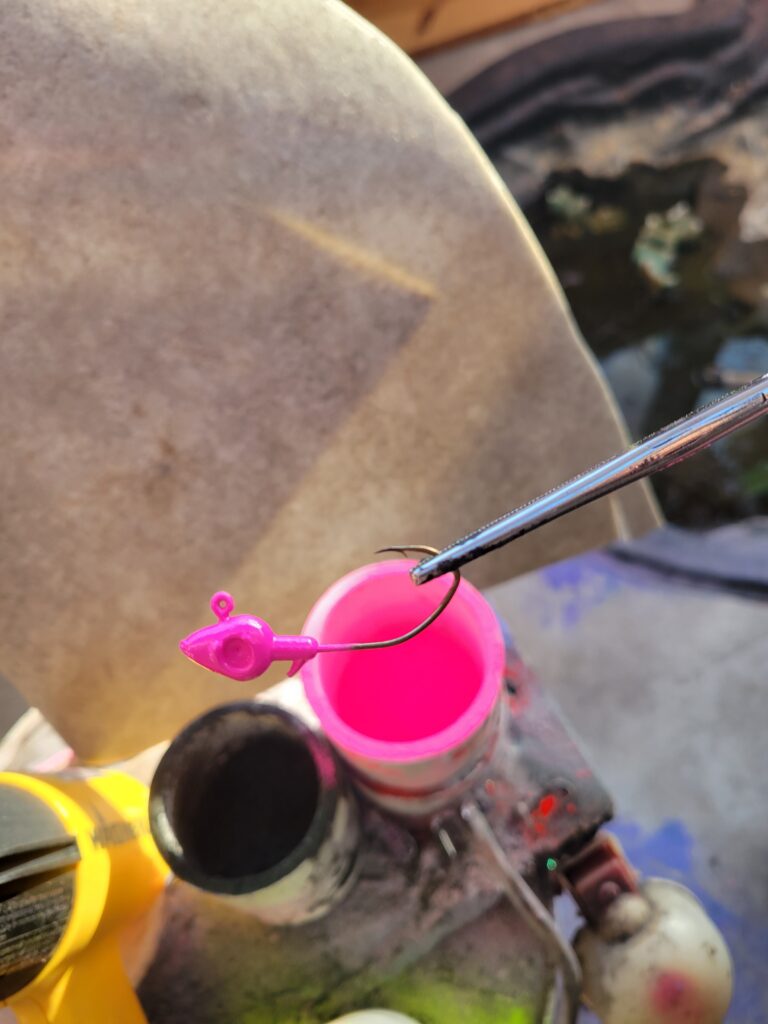Bluegill, Tips and Tricks
Best Live Baits For Bluegill!
Nothing Compares To Live Bait For Bluegill
As much as I hate to admit it (and believe me I do) regardless of what day, week, month, or season it is nothing beats live bait when chasing bluegill. Since I began fishing at 5 years old my grandfather was adamant about digging our own worms. We would take a half a dozen 5-gallon buckets with us to a local manure pile that had been mostly decomposed, filling up each bucket with hundreds of worms that we counted by hand!
There was something about the “hunter and gather” method that added a new element to fishing. If we didn’t make the effort to catch bait, we wouldn’t catch fish.
To this day, in his late 80’s, he still digs his own worms!
I can remember other times when the fish weren’t biting so well. I would go round up grasshoppers and toss them onto the lake’s surface and within seconds “splash”.
On the days when the fish would bite we would catch over a hundred nice bluegill at our local lakes, throw them on ice, and bring them home for an afternoon of cleaning. These are memories I can always go into the well and retrieve when I’m having a rough day.
Ranking My Top Live Baits
Believe it or not there are times when some live baits won’t work as well as others. There are times where some aren’t in season and unavailable. I also use completely different rigs when fishing some of them but believe me when I say these tips will help you catch fish!
Remember, these are my best baits. Yours may vary and if you have any tips and tricks, you’d like to add by all means comment below. I’m always on the quest for more knowledge!
5.) Mealworms
The larva phase of a beetle’s life is the in-between time from it being considered a pupa, until it finally reaches adulthood. These little worms are readily available throughout the year and are easy to keep alive and actually raise if you put a minimal amount of work! I can’t say they are my go-to at any particular season, but I will use them as a backup all four seasons.
In winter I break them into tiny pieces similar to the size of a wax worm and fish them on a drop shot rig along shelves and bridge piers. The other times of the year I will cut them in halves and use them under a bobber. Their major drawback is that they don’t usually last through one or two bites.
4.) Grub Worm
I’m not sure if there was a secret society of old timers who knew about this little hush hush way of fishing, but I learned a trick to these worms from Ronnie, one of my grandfather’s best friends. Ronnie never owned a boat and all he knew was horseracing and bluegill fishing. He never fished from the bank or in a boat.
He had one pair of waders that he took care of like a newborn baby and that was his way of catching fish. Ronnie would pack light, only 3 grub worms per trip and once he was out, he was done for the day. Only problem was the man came home with stringers full of bluegill!
It wasn’t until I reached my teens, I learned that Ronnie knew a trick to fishing the grub worm. He would actually cut the worm a certain way and then turn it inside out mimicking a wax worm.
Grub’s skins are extremely tough and the way he threaded one on the hook it was near impossible for even bluegill to remove it! I think they work best during the spawn and under a slip cork. Ronnie just tight lined inches away from his waders!
3.) Wax Worm
If you’re from the south, there’s a really good chance you only go to these on the rare times the lakes freeze over and there’s not much else to choose from. Up north some bait shops stock them and make a large portion of their sales from these little moth larvae.
As soon as the lake temperature falls below 55 degrees in the fall, these become my go to. I fish them strictly on a drop shot rig with the smallest hook I can find. I did an article on bluegill fishing in the winter which should help you if you’re new to fishing.
2.) Crickets
Regardless if it’s field crickets, or the more common house cricket, you won’t get a more vicious bite from bluegill during the warmer months. Crickets are the number one selling live bluegill bait across the country and for good reason…They work!
Anytime we experienced a serious drought and were unable to dig up worms, crickets were our go to. They do tend to draw in bigger fish but as my grandfather would point out once the head had been bitten off by a smaller fish, the bite became more finnicky. Fish will hit these virtually anytime though they’re not typically available in winter and to tell the truth, wax worms are a much better bet!
1.) Red Wigglers
Over half of you probably figured out from my first couple of paragraphs the foreshadowing of the winner! Red wigglers are the gold standard in live bait fishing. They don’t stay on the hook the longest, they don’t always catch the biggest fish, but they are always dependable! If you can’t find them at your local bait shop, then go out into your yard and turnover some lawn ornaments. There’s a good chance you will be able to pull a few up from the ground.
My grandfather and I caught fish on these amazing composters for half of my life. Anytime you equate the memories I have made with live bait I’m always going to stick to ole reliable. It only takes a split shot, small hook, and bobber to make great memories!
Inconclusion
Regardless of your geographical location there is live bait readily available, whether from a local shop, gas station, or in your back yard!
Looking for tips on how to catch your own live bait? Great! Click Here!
If you’re taking a child, please take the time to hunt up your own bait. I can say from my own experience these are memories that need to be made and lessons that will last a lifetime!





